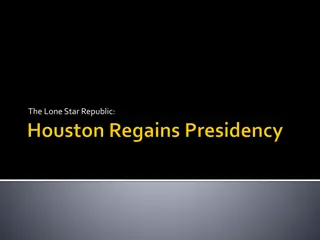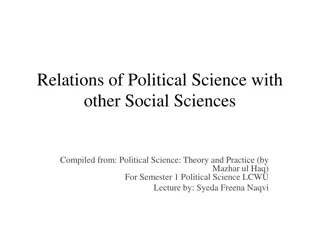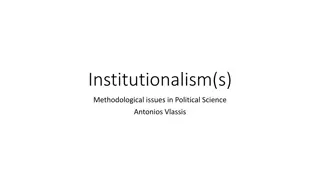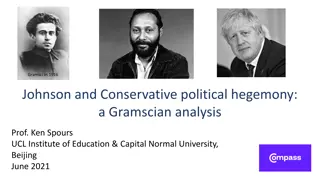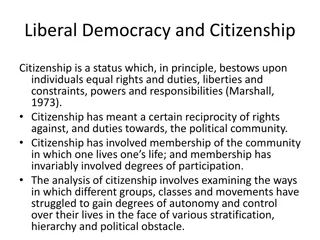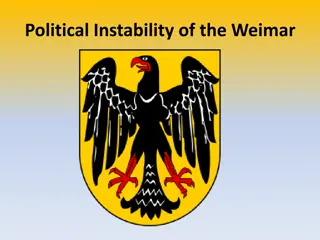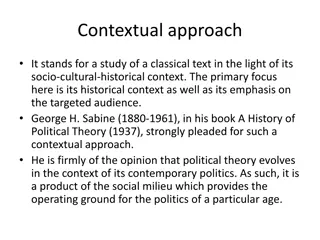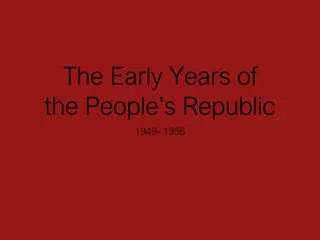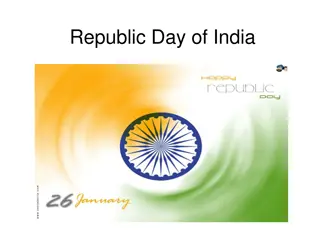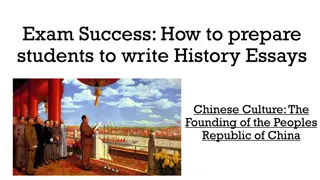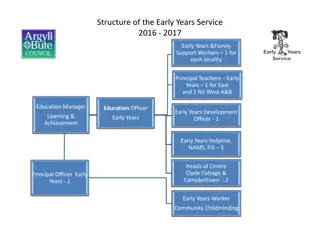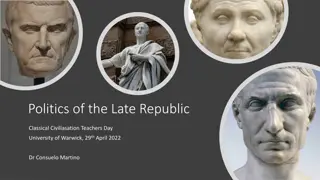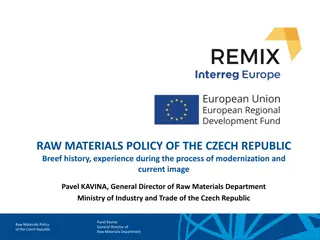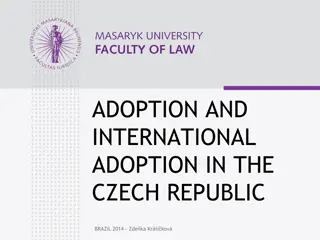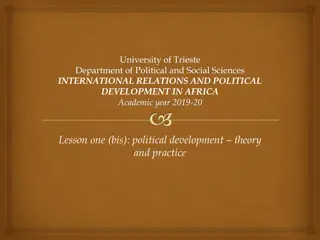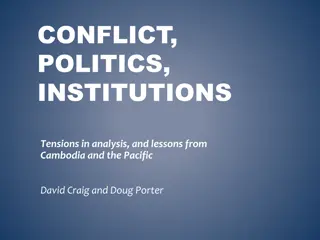Early Years of the New Republic: Political Traditions & Tensions
The early years of the new republic marked the emergence of political traditions and tensions. From Washington's presidency to Hamilton's financial proposals, key decisions and challenges defined the nation's foundation.
Download Presentation

Please find below an Image/Link to download the presentation.
The content on the website is provided AS IS for your information and personal use only. It may not be sold, licensed, or shared on other websites without obtaining consent from the author.If you encounter any issues during the download, it is possible that the publisher has removed the file from their server.
You are allowed to download the files provided on this website for personal or commercial use, subject to the condition that they are used lawfully. All files are the property of their respective owners.
The content on the website is provided AS IS for your information and personal use only. It may not be sold, licensed, or shared on other websites without obtaining consent from the author.
E N D
Presentation Transcript
CHAPTER 9 LAUNCHING A NEW REPUBLIC
ESSENTIAL QUESTION What political traditions and tensions first appeared in the early years of the new republic?
CHAPTER 9-1 WASHINGTON s PRESIDENCY
Washingtons New Government April 14, 1789 Washington given a letter advising him that Congress elected him as 1stPresident! April 30, 1789 Washington inaugurated (sworn in) in NYC the nation s first capital Runner-up John Adams is VP
Congressional Decisions What to call Washington : Mr. President Supreme Court many questions Federal Judiciary Act of 1789 Supreme Court had 6 members (now 9) Federal courts established less powerful John Jay appointed 1stchief justice of Supreme Court
Assembling a Cabinet Departments in government established Washington called on them for advice State relations w other countries Thomas Jefferson War nation s defense Henry Knox Treasury nation s economy Alexander Hamilton Justice Supreme Court John Jay Attorney General Legal Edmund Randolph Postal Service added in 1829
THE NATIONS FINANCES WAR DEBTS foreign & domestic -$52million Must pay debts to win respect of foreign nations AND US Citizens Must pay back wealthy investors to win support of new government Strong central government support industry & nation s prosperity
HAMILTONS Proposals 1790 Hamilton presented plan to Congress 3 Steps to improve Nation s Finances Pay off ALL war debts national & state Raise government revenues Create national bank Agreed to move nation s capital from NYC to a Southern location gain their support of plan
ECONOMICS Banks - Make loans to individuals and businesses - Receive deposits from indivs & businesses Tarriffs taxes on imported goods - This put money into national bank - This money could be lent to businesses to create new products, hire more people, those wages used to buy other goods & services HEALTHY ECONOMY = PROSPERITY
HAMILTONs Opponents Strict Interpretation: Federal gov t has very limited powers Constitution did not mention national bank National bank encourage unhealthy relationship between gov t & wealthy investors Jefferson Loose Interpretation: favors greater federal powers Constitution interpreted broadly Hamilton
ELASTIC CLAUSE Article 1, Section 8, Number 18 Gives authority to do whatever is Necessary and Proper to carry out specific powers Washington backed Hamilton and the Bank of the Untied States estab. In 1791 Two opposing philosophies foundation for future American political debates


